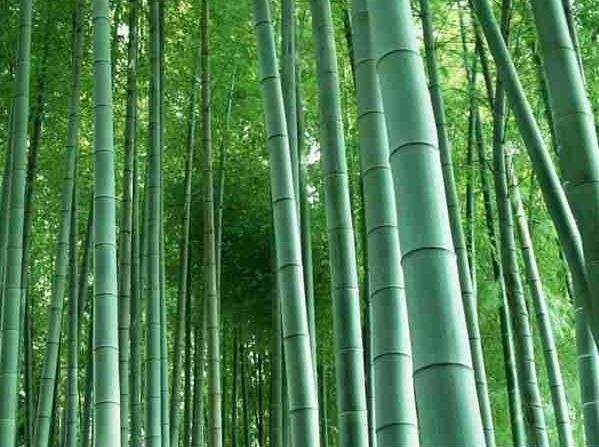摘要:楠竹和毛竹都是优质的竹类材料,耐用性方面各有优势。楠竹因其质地坚韧、强度高,常被用于制作高档家具和建筑构件;而毛竹则因其生长快速、适应性强,在包装、建筑和园林景观设计中得到广泛应用。在设计过程中,应根据具体需求和场景选择合适的竹子种类。本文将对两种竹子的耐用性进行比较,并提供适用设计解析。
Keywords:楠竹, 毛竹, durability, design proposal, comparison
Abstract:
This article presents a comparative analysis of two bamboo varieties, namely楠竹 and毛竹, focusing on their durability. It also introduces a quick design proposal to address the problem of determining which bamboo species is more suitable for specific applications. The study involves an evaluation of both bamboo types based on their mechanical properties, weather resistance, and longevity. Furthermore, it presents a design approach that can be implemented within a short time frame to aid decision-making in various industries.
I. Introduction
Bamboo is an eco-friendly and sustainable material that has gained increasing attention for various applications.楠竹 and毛竹 are two common bamboo varieties used worldwide for different purposes. The need to understand their durability and other mechanical properties has become crucial in various industries such as construction, furniture making, and packaging. This article aims to compare the durability of these two bamboo species and propose a quick design solution to determine the most suitable species for specific applications.
II. Comparative Analysis of 楠竹 and 毛竹
1、Mechanical Properties:
Both楠竹 and毛竹 possess excellent mechanical properties. However, their performance varies depending on the specific application.楠竹 is known for its high tensile strength and compression resistance, making it suitable for structural applications. On the other hand,毛竹 has better flexibility and elasticity, which are advantageous in applications where bending resistance is crucial.
2、Weather Resistance:
Both bamboo species exhibit good weather resistance. However,楠竹 demonstrates superior resistance to moisture and fungal attack compared to毛竹. This makes楠竹 more suitable for outdoor applications where exposure to moisture and other weather conditions is unavoidable.
3、Longevity:
The longevity of bamboo species depends on various factors such as environmental conditions, maintenance, and species-specific characteristics. Generally,楠竹 is considered more durable and long-lasting compared to毛竹 due to its superior mechanical properties and weather resistance.
III. Quick Design Proposal
To address the problem of determining which bamboo species is more suitable for specific applications, a quick design proposal is introduced. The design proposal involves the following steps:
1、Identify the application area: Determine the intended use of bamboo, such as construction, furniture making, or packaging.
2、Collect data: Gather information on the mechanical properties, weather resistance, and longevity of both楠竹 and毛竹.
3、Comparative analysis: Compare the collected data to determine the most suitable bamboo species for the specific application based on durability and other relevant factors.
4、Develop a decision matrix: Create a decision matrix that considers various factors such as cost, availability, and sustainability to aid in the selection process.
5、Implement the design solution: Apply the decision matrix to real-world scenarios and test the results to validate the effectiveness of the design proposal.
IV. Conclusion
Based on the comparative analysis,楠竹 is generally more durable compared to毛竹 due to its superior mechanical properties and weather resistance. However, the choice of bamboo species depends on the specific application and other relevant factors such as cost and availability. The quick design proposal presented in this article can aid decision-making in various industries by providing a structured approach to determine the most suitable bamboo species for specific applications within a short time frame.
V. Future Work
Further research is needed to explore other factors that affect the durability of bamboo species, such as species hybridization and genetic modifications. Additionally, studies on the optimization of bamboo processing techniques and preservation methods can enhance the durability of both楠竹 and毛竹, making them more suitable for various applications.
The quick design proposal can be further improved by incorporating additional factors such as sustainability indicators and environmental impacts to ensure comprehensive decision-making. Furthermore, real-world applications of the design proposal should be conducted to validate its effectiveness in different industries and regions.




 赣ICP备2023008375号--1
赣ICP备2023008375号--1